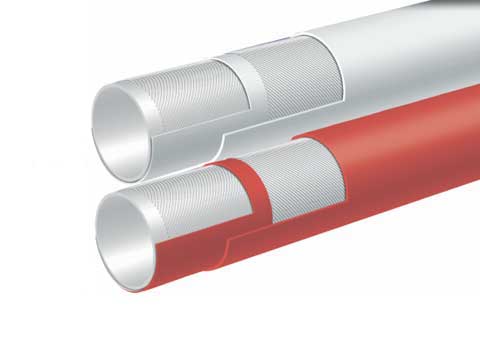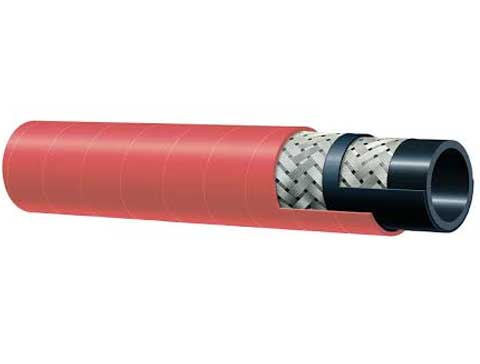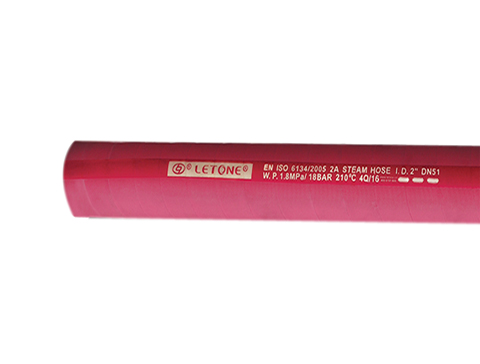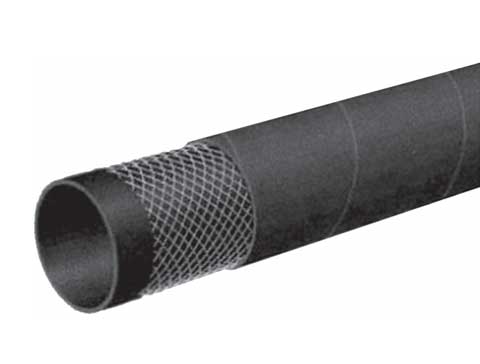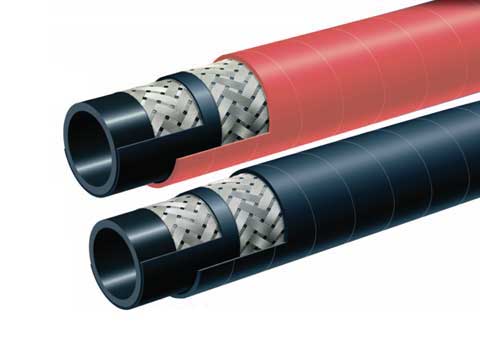Acid fracturing hoses come in different models and specifications. They are used to transfer fluids from and to the fracking sites. These include drilling fluid, crude oil, or hydrochloric acids.
Foam-based fracturing fluids can be tailored to the conditions of individual reservoirs through environmentally friendly chemical additives. They can be adjusted to thermal changes that affect their rheological characteristics.
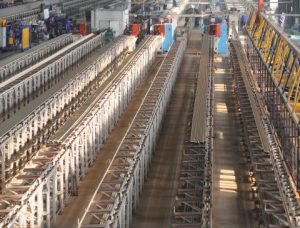
how to choose acid fracturing hose
It is important to choose the correct acid fracturing tube for your well. These hoses must be able to withstand high temperature and pressure in the harsh sour gas environment. To reduce the risk of failure, they must also be flexible and have a low leak path. The right acid fracturing tubes will ensure a safe and successful operation.
The nozzles in acid fracturing are typically made from polyurethane and must be rated to handle the acidic conditions of the well. The nozzles also need to be able withstand the high temperatures and pressures in the sour-gas environment, as well as the vibrations and accelerations of the pump. The hoses must have the ability to withstand high temperatures and pressure, as well as be able to resist abrasion.
The acid-induced thermochemical fracturing method uses any type acid with a low pH to etch the carbonate rock and create fracture conductivity. This treatment allows for the activation of a wide range of natural fractures in the reservoir, increasing daily and cumulative output. The method increases the flow capacity in the fractures. This reduces fluid losses and improves the performance of the well. It also minimizes shut-ins. The fracturing process uses a Net-Present Value (NPV), module to calculate the economically best fracturing treatment. This module uses information about the reservoir, the fluids, and the proppant to optimize the fracture geometry.
Acid fracturing hose couplings
A good acid fracturing tube is designed with an end connector that resists damage by harsh abrasive surfaces or materials. It should also be able to withstand high pressure. The hose must also be easy-to-clean and corrosion resistant. It should be easy to handle, and the length should be short enough to avoid unnecessary rework. These flexible hoses are used to transport high-pressure fluids such as water, acid-based fluids, foam fracturing liquids, and oil-based fluids in sand, hydraulic fracturing, and acid-based works.
The fluid efficiency of acid fracture is important, as it can affect fracture length and conductivity in the wellbore. A higher fluid efficiency means less acid leakoff and better performance. Fluid efficiency should be between 40% and 60%.
The etching morphology of fractures is determined by the reaction rate and dolomite composition of the reservoir. Dolomite has a different etching morphology than calcite due to the slow reaction rate of retarded acids and the difficulty of forming differentiation fingering on the fracture wall. This type of etching morphology reduces the acid consumption near the wellbore and improves the etched fracture length and flow conductivity of the fracture. The fracture sealing ability of the temporary plugging material is also critical. Fibers have a low sealing pressure, but adding 10/40 mesh granules into the fiber can improve the crack seal.
Production standards for Acid Fracture Hoses
In recent years, the production standards for acid-fracturing hoses became more stringent. The industry must meet a number performance criteria, including flow rate, pressure, rig-up/rig-down times, leak paths, as well as cost of ownership. These requirements are based upon research, testing and field experience. These tests are conducted under controlled conditions and may include testing with simulated fracture conditions. The test results are compared to the production objectives and a recommended hose design is developed.
A model that accurately predicts the acid penetration distance has been developed. It is also capable to incorporate the effects of rock type, acid injection rate and formation temperature. This model can help to optimize acid treatments and maximize the stimulation ratio.
The optimization of an acid system for a carbonate reservoir requires high carbonate-dissolving capacity and deep acid penetration to achieve a long etch length. It is important that the acid be inhibited properly at downhole conditions. During the evolution of an acid system for this reservoir, a blend was developed that uses 7% HCl and 11% formic acid. Acetic acid was removed from the blend because it can cause incomplete inhibition at downhole conditions. This system was able to perform well in the Shuangyu gas reservoirs and produced a 35% average increase in productivity.

